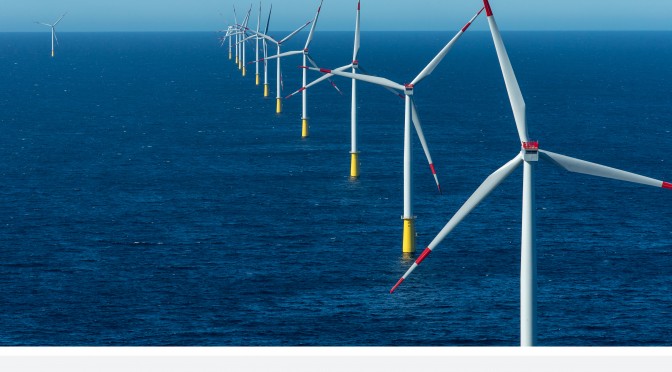A new issue brief from the Center for American Progress highlights how the abundance of wind energy offshore of the Atlantic coast offers East Coast states an immense opportunity to help achieve their 2030 Clean Power Plan goals, expand their energy supplies, and spur sustainable economic development.
“Atlantic coast states are sitting on a clean energy gold mine,” said issue brief co-author Shiva Polefka, a Policy Analyst at CAP’s Ocean Policy Program. “Even conservative estimates of this resource suggest that offshore wind could replace large portions of the electricity currently generated in these states by burning fossil fuels. If they can follow Rhode Island’s lead in getting offshore wind energy policy right to get this industry moving, they will have a major advantage in cutting carbon pollution.”
Less than a year from today, all states must submit their plans to achieve their carbon pollution reduction goals or request an extension. The Environmental Protection Agency, or EPA, estimates that the Clean Power Plan will reduce carbon emissions nationwide by 32 percent from 2005 levels by 2030. Offshore wind is a zero-carbon energy source of vast abundance, capable of generating more than four times existing U.S. power demand, according to the U.S. Department of Energy. Yet the EPA only included land-based renewable energy potential when formulating each state’s carbon emissions reduction potential and targets, because commercial offshore wind development remains relatively unknown in the United States.
As a result, offshore wind power represents a remarkable “secret weapon” for these coastal states, providing significant additional flexibility in the development of their individual clean power plans for cutting carbon pollution from their electric power sectors. The brief also explains how offshore wind energy is an economic development opportunity, supporting diversified employment in energy and marine trades without the risks of devastating spills posed by the offshore oil and gas industry.
The Eastern Seaboard possesses the nation’s most optimal areas for offshore wind development, thanks to strong, consistent winds, shallow waters, and well-mapped ocean activity. Comparing conservative wind energy estimates with EPA energy sector data, the issue brief concludes that 12 of 14 Atlantic states have more than enough offshore wind power to replace their fossil-fueled electricity production and safely and sustainably provide power to hundreds of millions of east coast residents, as well as thousands of jobs.
Read the issue brief “Offshore Wind Energy Can Deliver Big Carbon Cuts for Coastal States” By Shiva Polefka and Elise Shulman.


